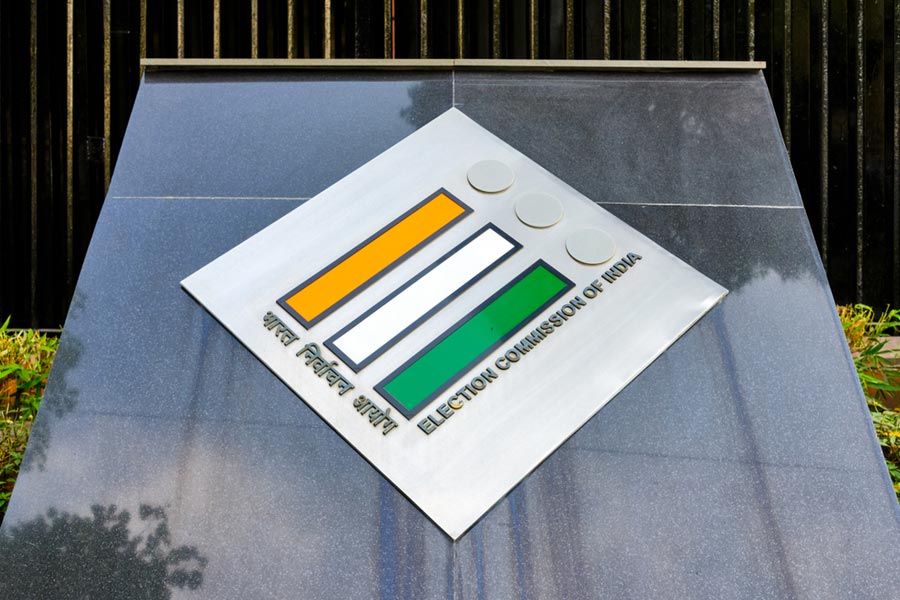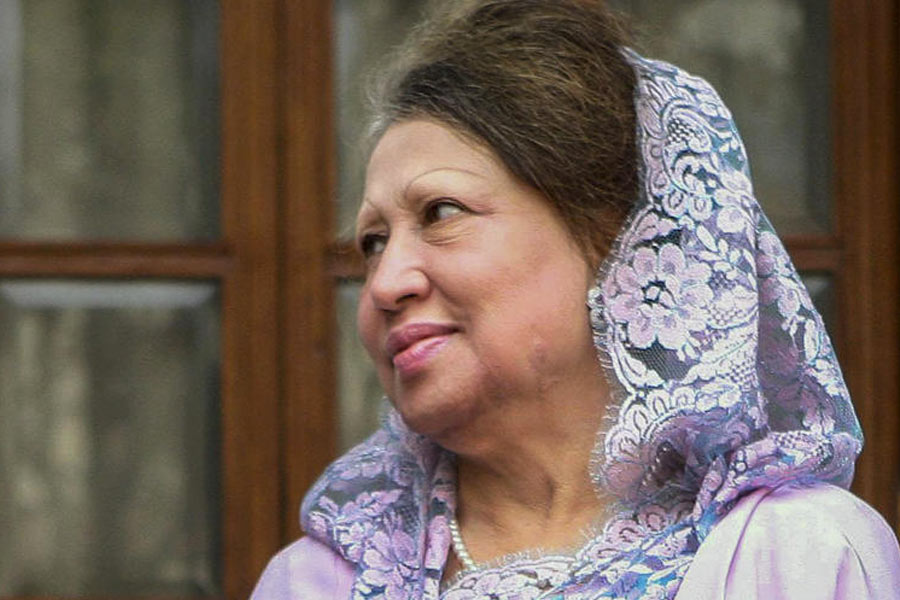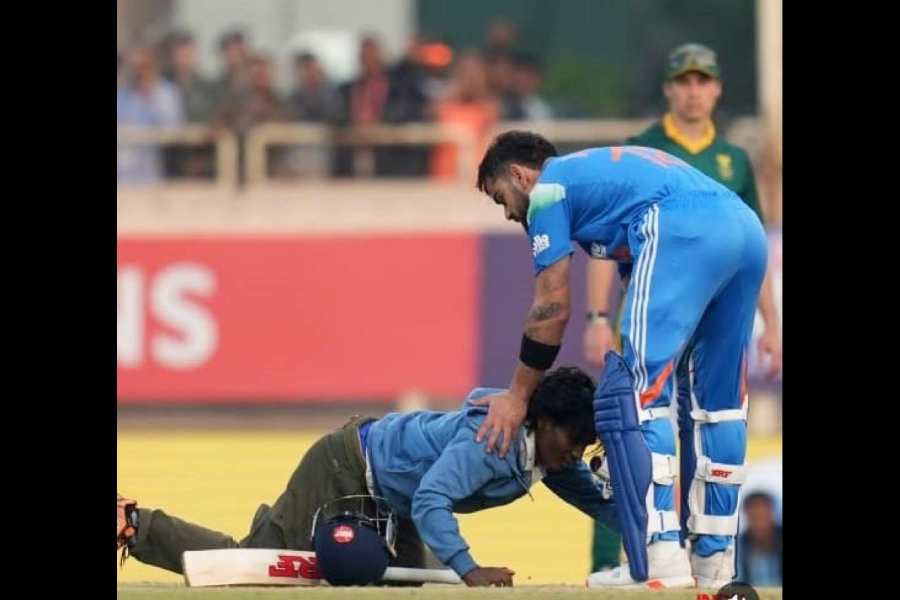So many of Rajiv Gandhi’s ministers were from the school that he was said to preside over a “Doon cabinet”. With ex-Dosco Aroon Purie then the editor of India Today, the Dosco joke went: “Rajiv and Aroon run India today, haw, haw, haw!”
The school has produced generals and air marshals for both India and Pakistan, scholars like Ramachandra Guha, and many broadminded bureaucrats, MPs and ministers who have enhanced India’s secular framework.
Headmaster Peter McLaughlin’s first reaction to Patil’s remark was to flash a smile and say: “We will begin planning from tomorrow itself.”
But deputy headmaster Philip M. Burrett today told The Telegraph over the phone that the school’s “present infrastructure would not be able to accommodate a co-educational system”.
He said girls would need separate hostels, building which would mean felling trees and mutilating the picturesque compound.
McLaughlin too had last year told journalists that the school might “lose its greatness if it is made a co-ed school”.
“The boys have the freedom to be boys in a boys’ school and girls enjoy freedom to be girls in a girls’ school. They are left to themselves and don’t have to be self-conscious,” he had said.
Burrett, too, felt that during the “growing-up process, especially at the age of 13-14, boys should not be in touch with girls”.
Supporters of co-ed schools may say, however, that allowing boys and girls to grow up together leads to healthier mindsets.
Some British schools, such as Westminster, which hothouses pupils for Oxbridge and other top universities, induct girls in the last two years when the boys are past the age Burrett mentioned.
The deputy headmaster had another argument: “After all, a good boys’ school is better than a mediocre coeducational school. There is the fear always that the standard of the school might go down if the co-educational system is introduced.”
Neither Burrett nor McLaughlin have explained why taking in girls would dilute standards, especially when girls tend to outperform boys academically in co-ed institutions.
If the girls are admitted without slashing the seats for the boys, of course, the sudden expansion could hit the quality of education offered. Or, perhaps, all that the authorities mean is: why mess with something that is working fine?
Many may argue that cutting the seats for boys to admit girls would be good not only for the girls but also for the school — after all, a proportion of the boys presumably get in simply because their rich fathers were there before them.
A former Dosco who is now a Union cabinet minister said: “Things are changing now, many big schools are turning co-educational. To say that girls will downgrade the standard of the institution would be to do terrible injustice to women.”
Many Doon School teachers cited how leading English public schools such as Brighton College, Shrewsbury School, Rugby School and Hurtwood House had turned co-ed without sacrificing quality (though Eton, Harrow and Winchester College are still boys’ schools).
Doon School, established in 1935 by eminent Calcutta lawyer S.R. Das, was consciously modelled on British public schools. Its first headmaster was Arthur E. Foot, a former Eton science master.
Some teachers said the overwhelming majority in the Doon School Old Boys Society, the alumni association that advises the management on the school’s future, was against changing the school’s character. Journalist Karan Thapar, a member of the Old Boys Society, said he wanted the school to keep admitting only boys.
Burret, though, claimed the school was not ideologically opposed to the co-educational system.
“It’s possible that we’ll have another Doon School down the years somewhere nearby which can be co-educational,” he said. “But we would need land and resources to set up another Doon and that may take a long time.”










